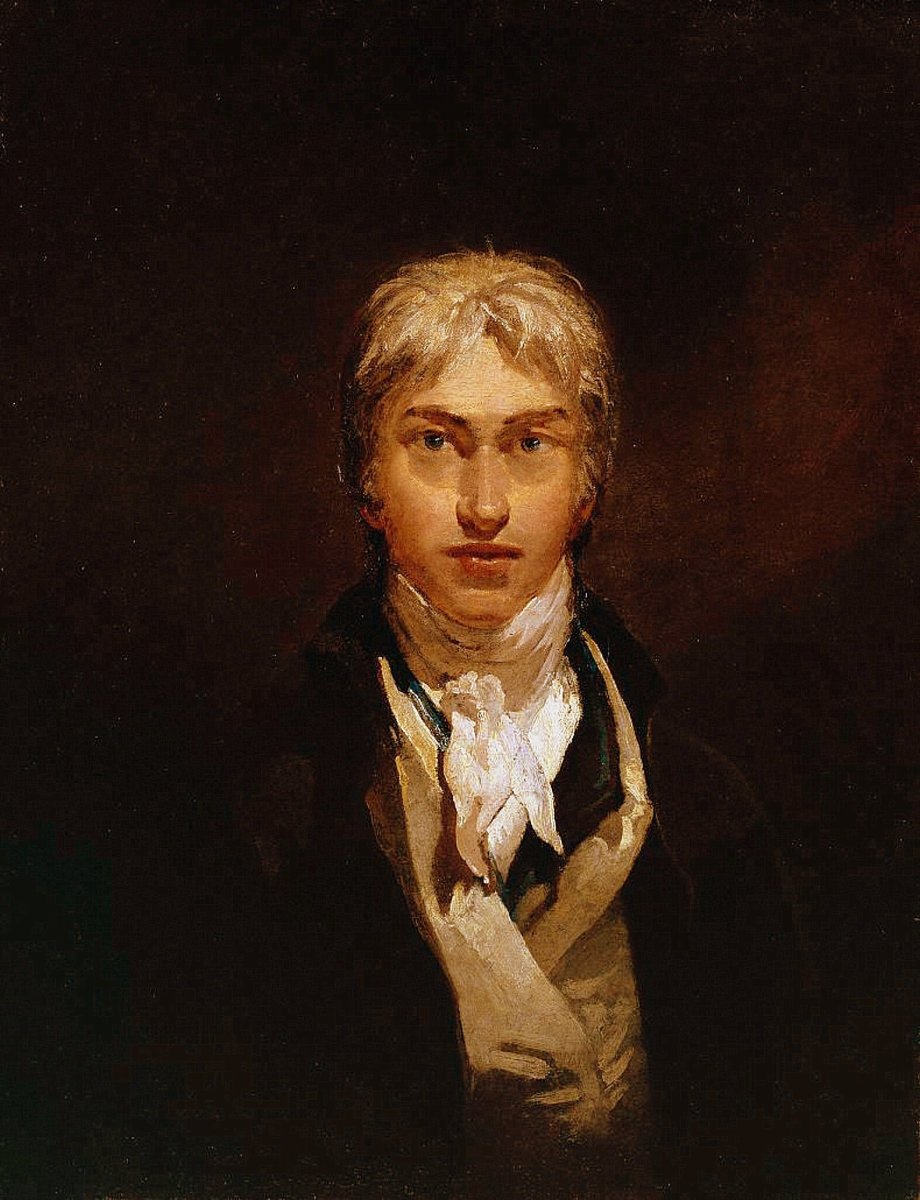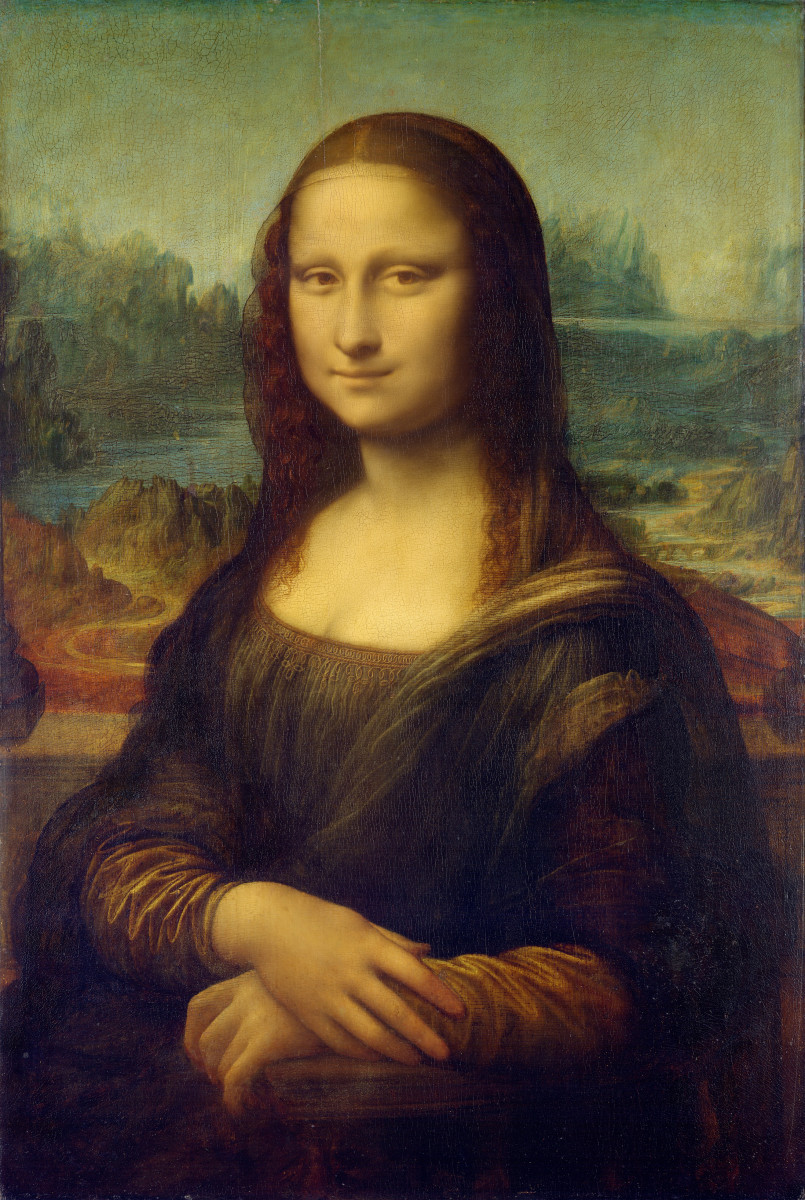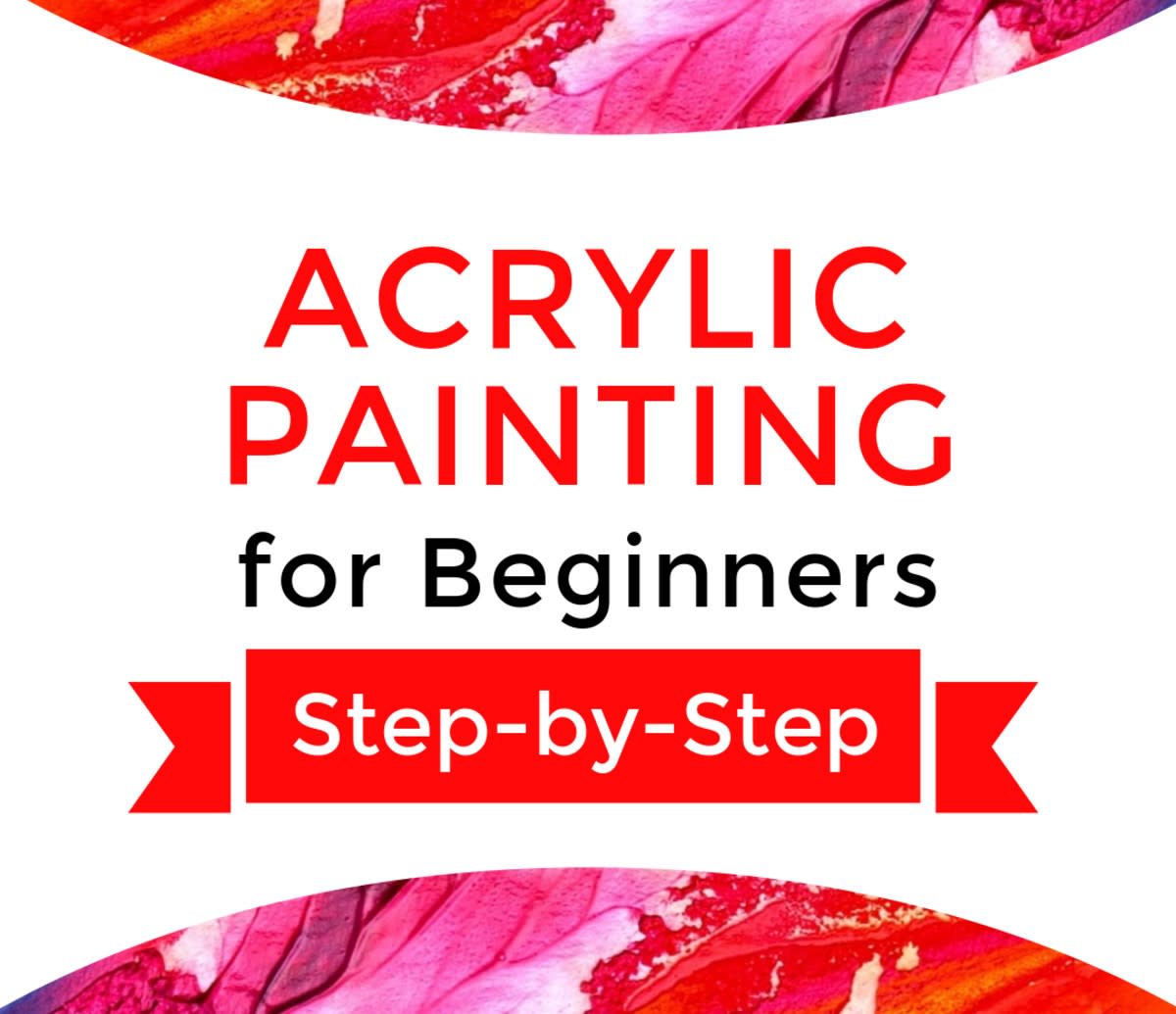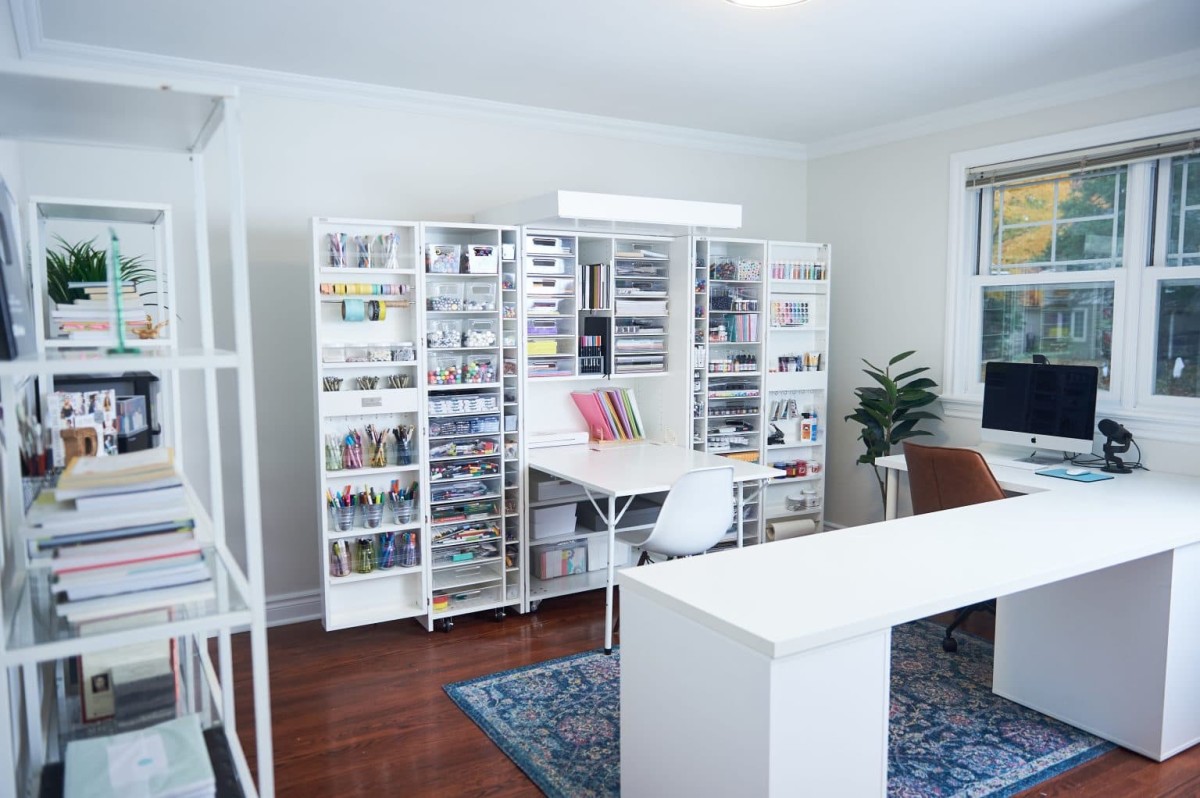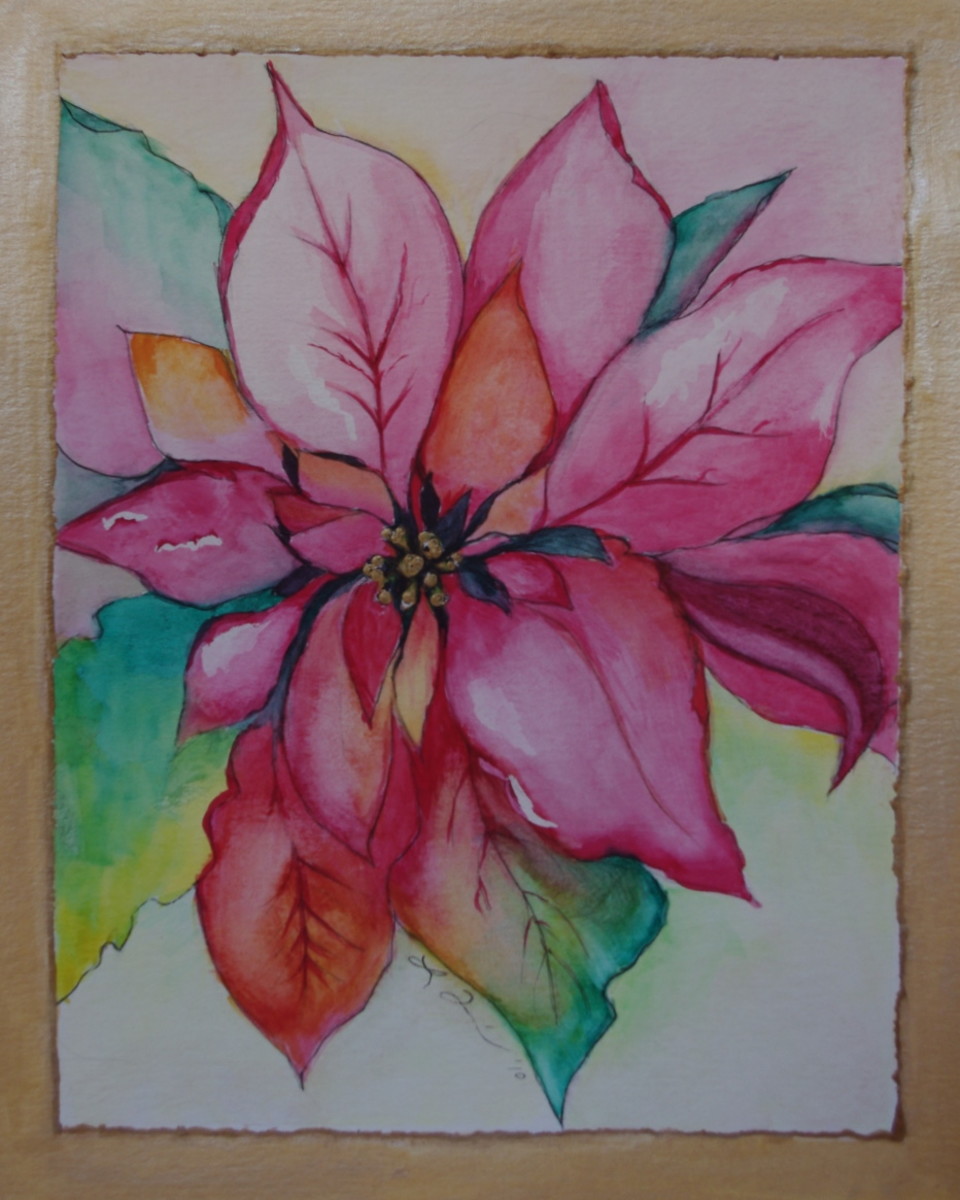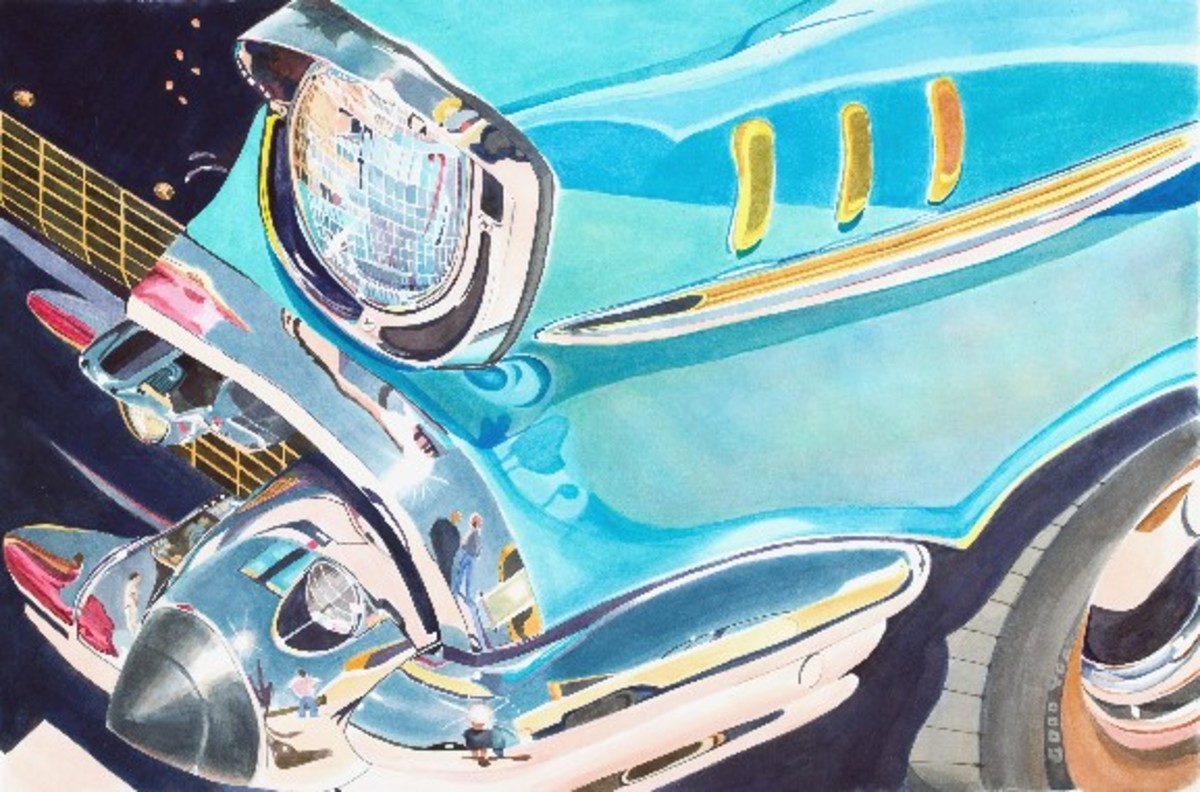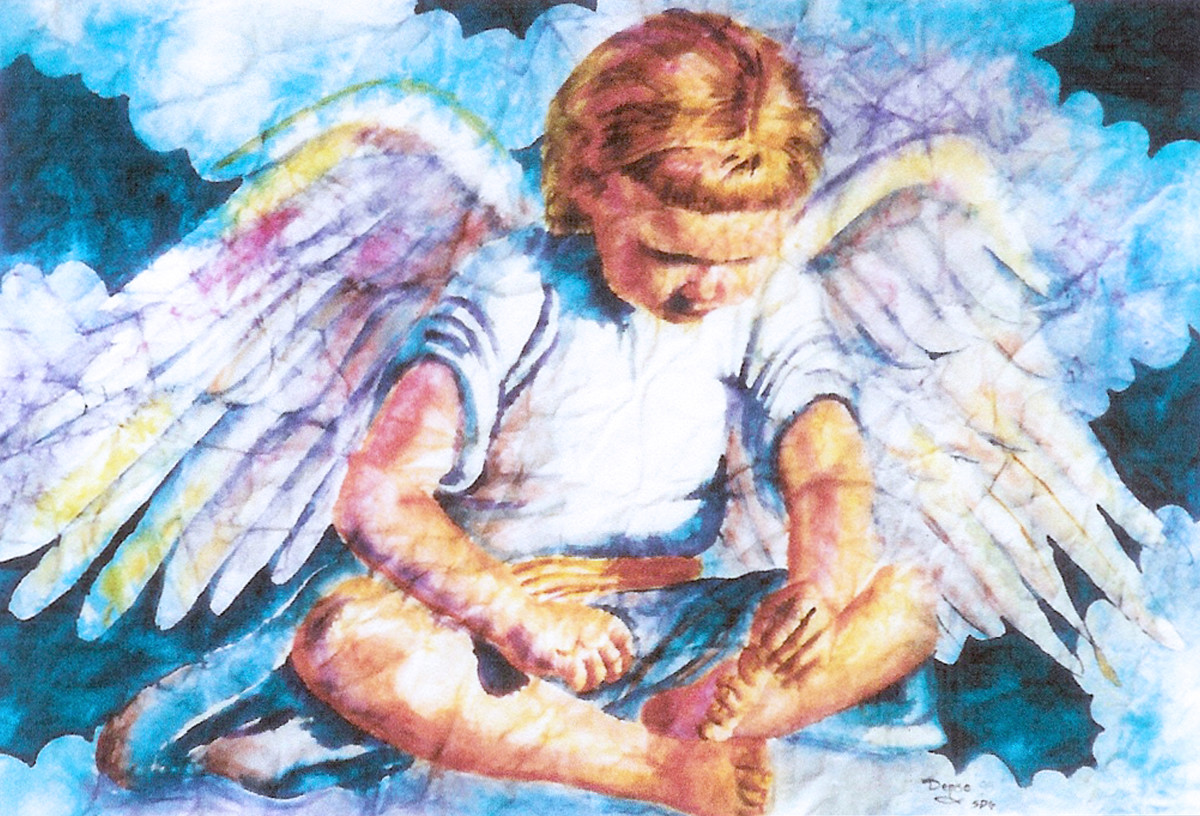Painting With Watercolours: The Basics
Using Watercolour Paints
There are all sorts of watercolour pigments available, but really you only need the basic colours to start with, and plus you can mix them up with confidence later on, once you get the hang of using this popular painting medium.
Watercolours come in small packs of 6 to 12 and these are usually enough to begin watercolour painting with and watercolours aren't that expensive to buy either, it's just a matter of choosing the right paints you are comfortable with using, for me, I either use the Daler Rowney range or the Reeves range as they are quite good to use for me, but you may use other watercolour paints whatever you are comfortable with.
The basic colours are red, blue, yellow, green, brown, black and white and there could be some other shades of colour that might prove useful, but anyway your artist paints will build up over time, so just concentrate on the basics for beginning watercolour painting.
Quality paints do matter though and somewhere down the line good quality watercolour paints will be needed, so if you use the cheapest watercolour paints available then it's worth considering as your confidence grows with painting in watercolours.
Windsor & Newton Watercolour Brushes
Watercolour Paint brushes
Paint brushes for watercolour painting there are really only three ones you need when starting out, but again as you go alog on your watercolor travels, you will build up a painting tool kit with lots of brushes if you are serious.
The three main brushes you need when starting out are:
- A long bristled brush, usually called a Rigger is a great one for your beginning watercolouring, this brush is essential for painting in lines as the long point of the Rigger brush just seems to work quite well.
- A large flat brush - For painting in large watercolour washes on your painting.
- A round brush - For all the other paintwork that you need to achieve on your watercolour art.
As with paints, brushes come in all shapes and sizes and different spectrums of quality with synthetic fibre tips to the rare pure sable brushes, it's up to you on which you choose, but I recommend the Windsor and Newton brush range, as I am more at ease with using these quality artists brushes.
I myself have a mix of cheap and quality brushes that I use for varying things in watercolouring, from washes and glazes to fine detail work.
Buy Any Watercolour Pads From Amazon.com
Watercolour Paper - What Type Is Best?
Again it all comes down to personal preference with watercolour paper as it would with drawing paper, there are a variety of types that are popular in their own right and two types that are a good choice are the hot pressed paper and cold pressed papers which all have many different textured surfaces for illustration work.
I tend to experiment alot with watercolour paper as some are better than others, although cartridge paper can be used for experimenting in watercolours more as it is a common paper to practice watercolour strokes on.
Light and heavy paper weights are also the standard choice to get around, with the heavier papers almost have the feel of card.
Acid free paper is also the best thing you can look for as discolouration of your delicate watercolor work can be extremly annoying.
Just buy whatever you like when it comes to paper types as you'll find your best paper to use in time, I use...
In Part 2 of our watercolour series, I will go over the basics of setting up your work area and beginning painting with a few projects I have in mind.



